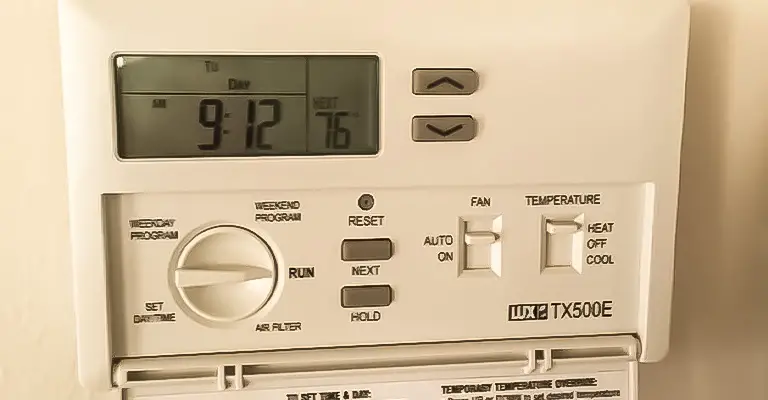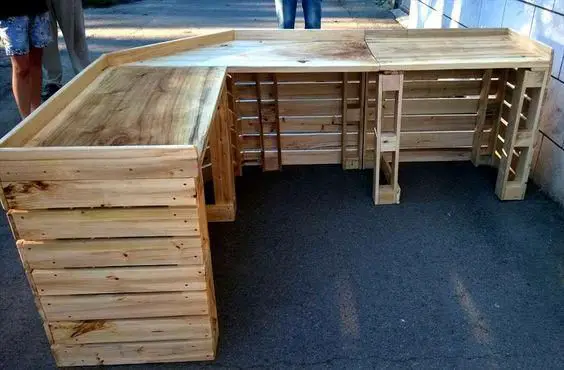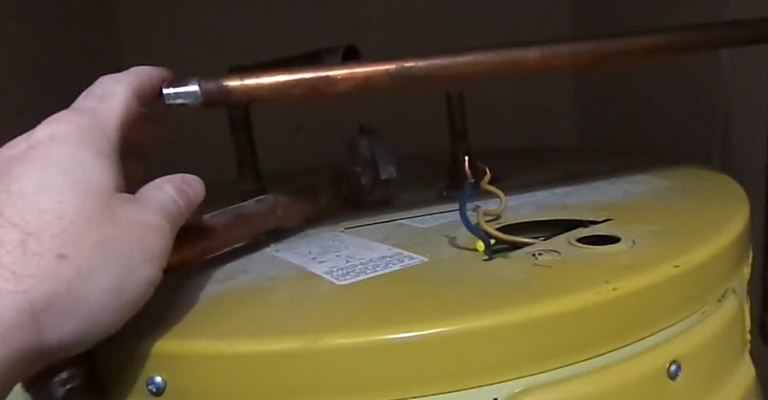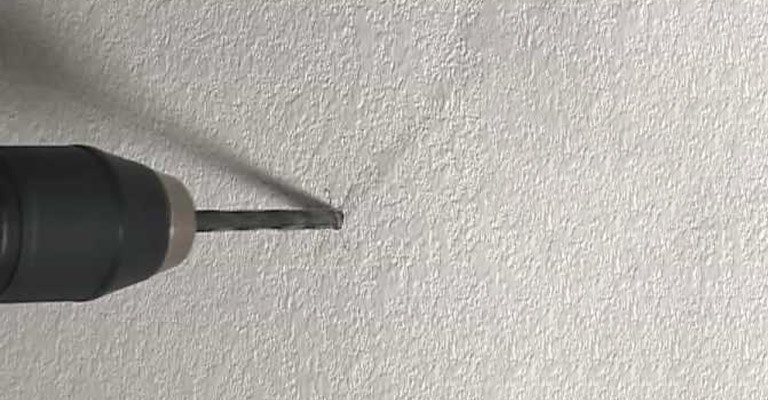How to Stop Wind From Blowing Out Pilot Light on Water Heater
You may have faced a situation where whenever it gets windy, the water heater’s pilot gets blown out. Check if your thermocouple is dirty, clogged, damaged, or worn out, and repair it. Also, a downdraft coming from your air vent may cause the problem.
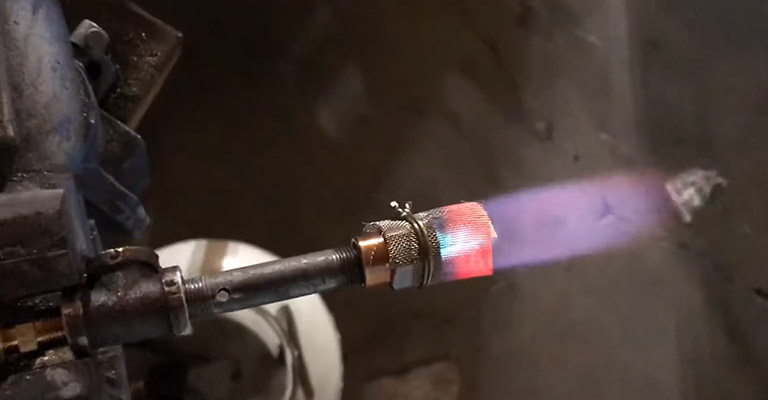
How to Stop Wind From Blowing Out Pilot Light on Water Heater
The water heater pilot light is a small flame that ignites the gas burner on your water heater. If the water heater pilot light goes out, follow the directions on the water heater label and try to relight it. Before addressing the solutions to the problem, you have to know the reasons behind it.
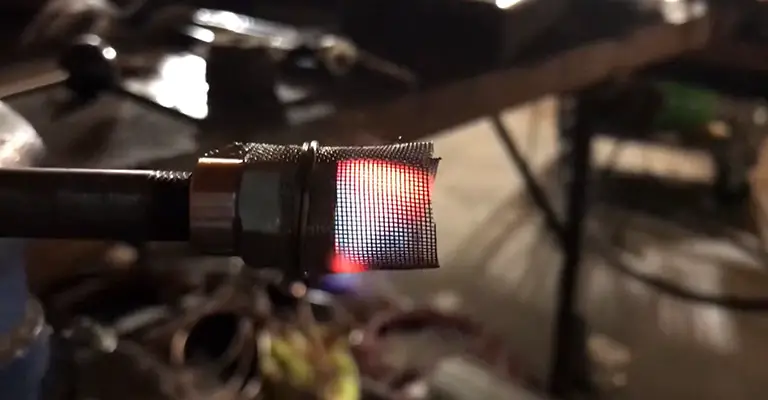
Reasons Behind Wind Blowing Out Pilot Light on Water Heater
There might be multiple reasons behind the wind blowing out your water heater. There might be thermocouple issues, a downdraft, clogged gas pipe, etc., causing the problems.
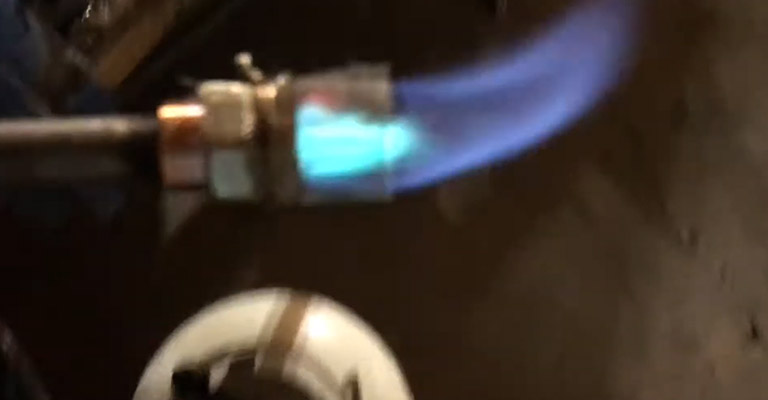
Thermocouple Defects
A thermocouple is a safety device that works in combination with the main gas valve of the heater. If it fails, it will shut down the gas flow through the regulator mounted inside the heater’s cabinet, thus not allowing the burner to light.
Pilot Light Gets Out
If your pilot light keeps getting out, the first thing you need to do is check on the thermocouple’s condition. Thermocouple fault is one of the primary reasons behind the problem. A dirty, worn out, broken, or misaligned thermocouple can’t detect the flame.
Bent Thermocouple
If your thermocouple is bent, it might not be close enough to the flame to sense it and provide gas. To fix this issue, you may try gently bending the thermocouple as close as possible to the gas valve, where the flame comes out. However, keep in mind that the thermocouple could break.
Suppose you can’t bend the thermocouple toward the pilot so that the pilot is more fully engulfing the thermocouple even if the flame is pulled upwards. You have to remove the whole burner to work on it by removing the main gas tube, pilot tube, and thermocouple connections into the gas valve.
The need for A Chimney Cap
If you have a chimney, your water heater may be connected to ventilation that goes to your chimney. Especially during the winter months, the lack of a cap here would cause major ventilation issues.
A chimney cap keeps “outside things” out and “inside things” in, and they act as “the guard of the gate.” Also, it protects your chimney from water, snow, animals, and other entry, which could do you and your chimney harm.
Malfunctioning Electric Heating Element
After the igniter sparks, the pilot light lights, which causes this flame to initiate the water heater. The pilot light will fail to start if there is no release of any combustion agent.
For gas heaters, you will need to check on the release valve. If the release valve seems dirty or broken, it may cause the pilot light to get out. Clean or replace some parts to fix this issue. Follow the instruction manual for more details.
Downdraft Diverter Water Heater
A draft diverter, also known as draft hoods, collects the exhaust gases from the flues of a water heater to be safely vented to the exterior. A draft diverter ensures a tank doesn’t soot up or that poisonous exhaust gases don’t cause a backdraft into the water heater closet. So, it’s very important to use the draft diverter that was made for the tank. Also, the vent piping should be of the proper diameter.
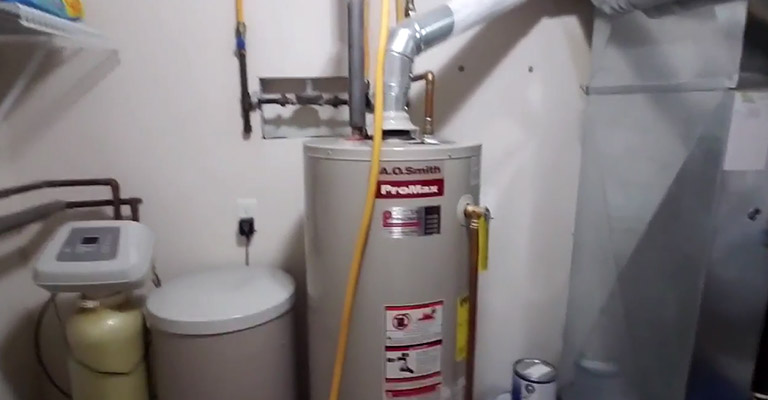
Furnace Blows out Pilot Light
If the pilot light of your furnace blows out, it also might be a thermocouple issue—malfunctions of the thermocouples of the gas system cause many pilot problems. Also, bad air circulation might cause the problem.
There’s a chance for a faulty connection in the valve if the thermocouple is functioning but still problems with the pilot light. The gas valve is wired to the thermocouple, and but the pilot won’t stay lit. There may be a faulty connection in the valve, or the valve itself may be defective.
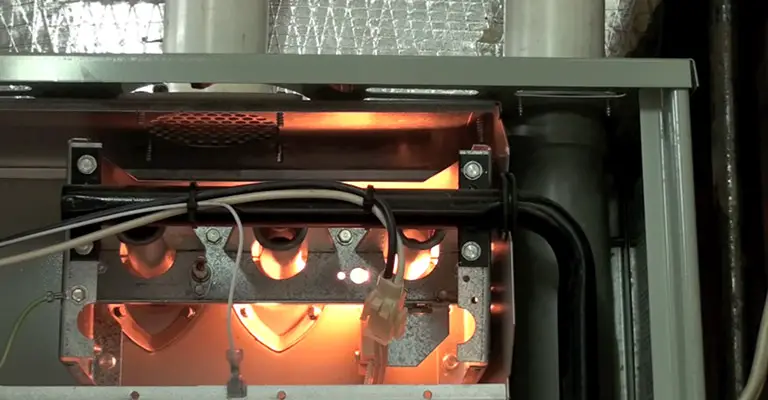
The Wind Blows Out the Fireplace Pilot Light
A draft might be the reason your pilot light keeps going out. If your gas line feeding the pilot has a very small diameter, it might be clogged easily and prevent gas from flowing. Also, drafts coming from under a door or through an open window will prevent you from lighting it.
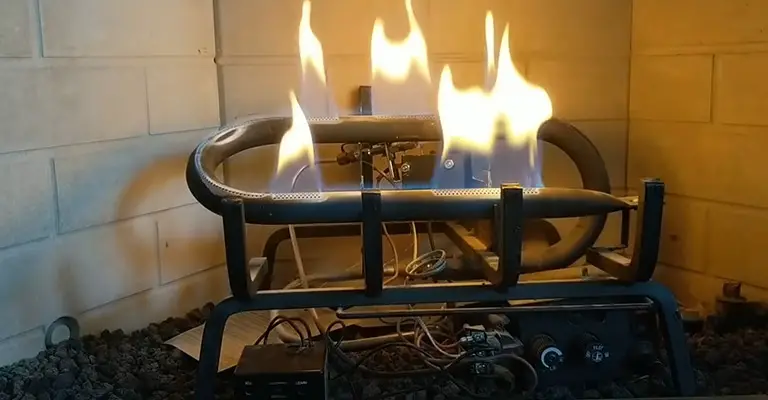
The Water Heater Burner Blows Out the Pilot Light
If your water heater pilot light will not stay lit, the best thing you could do is to change your thermocouple. Some gas appliances have a small adjusting screw. Look on the regulator out front. Also, tighten, if necessary, the small pilot fitting going into the same control.
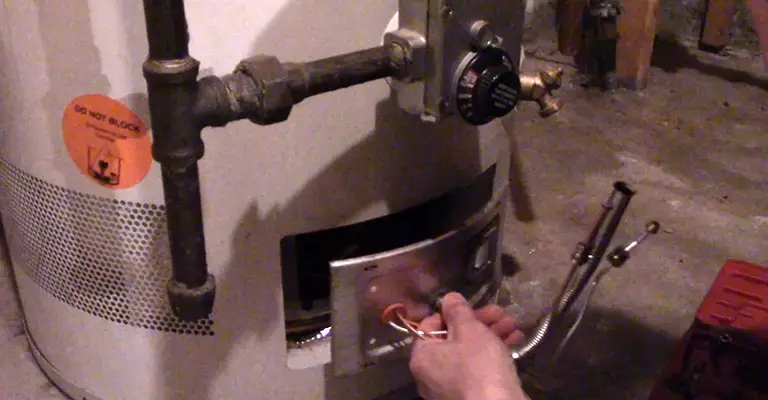
To Conclude
As we’ve explored throughout this comprehensive guide, stopping wind from blowing out your water heater’s pilot light involves a nuanced understanding of your gas water heater and ventilation system. Key to this is recognizing the role of air pressure and how warm air and cold air interact within the system. Implementing solutions like improving your ventilation duct or using furnace sealant can help protect the pilot light from being extinguished by cool air or gusts of wind, maintaining a consistent supply of hot water.
The safety of gas water heaters shouldn’t be underestimated. Always remember to check the gas supply and gas release valve regularly, ensuring there’s no potential for a gas leak. If you smell gas, immediately shut off your gas supply and contact a professional, as this could signify an issue with the gas release. The process of stopping wind blowing out the water heater’s pilot light is about more than just uninterrupted service; it’s a fundamental aspect of home safety.
In conclusion, maintaining the operation of your water heater’s pilot light is essential to ensure an uninterrupted flow of warm air and hot water in your home. Between balancing air pressure, sealing the ventilation system, and regularly checking on your gas release valve, you’ll be able to keep your water heater working optimally. Not only does this guide offer ways to counteract the adverse effects of wind, but it also highlights the importance of proactively managing your gas water heater for overall safety and efficiency.
If your pilot light keeps getting out, immediately check for the issues causing it. You should be able to detect and solve the problem if there’s no major problem. Seek professional assistance if there’s any.
Also read- Heater Smells Like Burning Plastic, Reasons and Remedy


